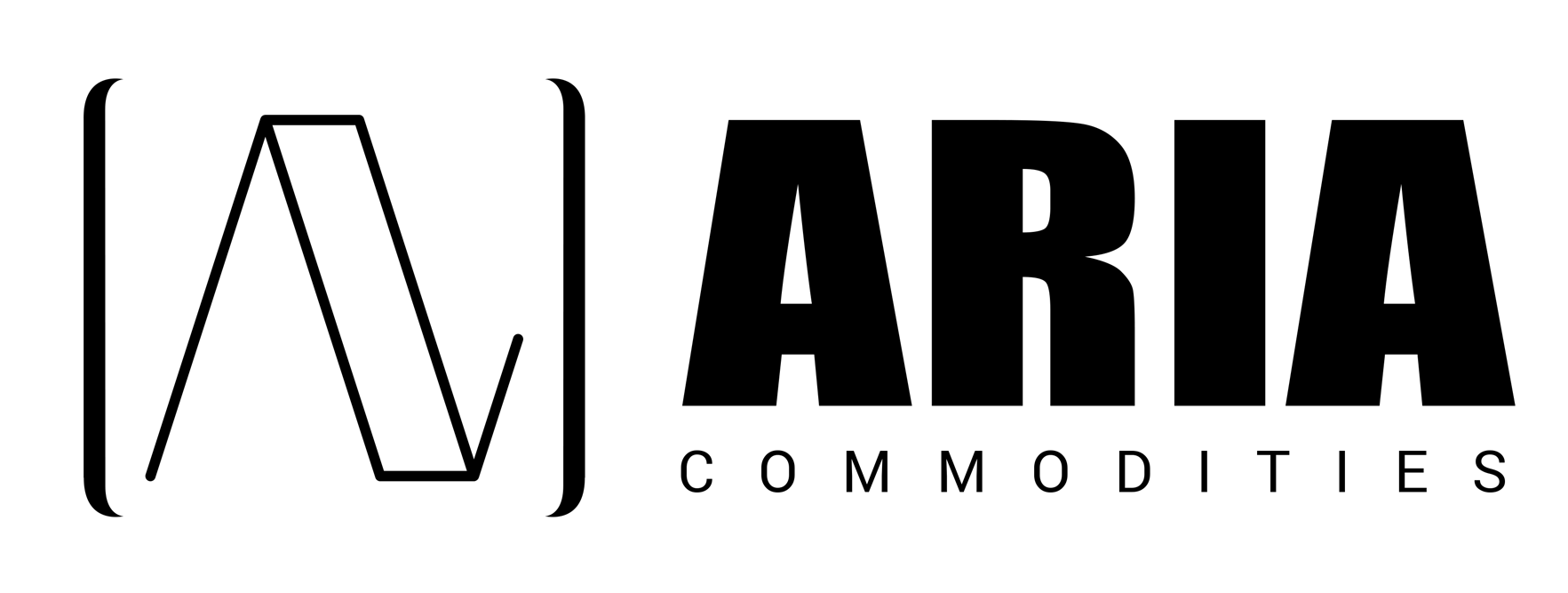Close
Net Zero Heroes
How Brazil has sidestepped hydrocarbons
Do not be misled by Brazil’s cancellation of the COP25 climate change conference last year – it remains a leading light in the charge towards environmentally powered economies.
Second only to the US, Brazil is the world's second largest ethanol producer, turning out nearly 35 billion litres annually. In 2019, its production was largely driven by using sugarcane as the feedstock, whereas the US ethanol market is reliant on corn production for its input. Brazil, compared to other energy markets has an almost uniquely diverse energy mix – a combination of fossil fuels and alternatives. Brazil is a behemoth, in respect of its natural resources endowment and its geographical footprint - its landmass alone is 35 times that of the UK.
To Brazil’s credit, with an abundance of offshore oil reserves and fossil fuel supplies, it is placed third globally in green electricity generation. That’s to say it has a significant renewable energy presence, whilst harbouring plentiful natural gas reserves, it is its hydropower and biomass eenergy production that has led to a significant reduction of Brazil co2 emissions,which are more than 54% lower than the global average within Brazil. Ethanol is the dominant contributor to fuel demand, accounting for almost half. Brazil remains a signatory to the 2015 Paris Agreement committing to a reduction in greenhouse emissions of 43% by 2030.
Long Standing Engagement
Brazil has a long history in ethanol production. Developing the industry alongside the car manufacturing industry in the early 20th century, it become a significant energy source during the shortages brought by the Second World War.
However it has been until more recent times, that is taken pole position in supplying fuel demand. The catalyst was the oil crisis of the 1970s, whereby crude’s price volatility led the government to introduce the ‘pro alcool’ program in 1975. This meant that car fuel would be mixed with a de minimis ethanol content, to allow them to fuel more cheaply capitalising on the cheaper domestic production costs of ethanol.
However, the second oil crisis in 1979 pushed the Brazilian car manufacturing industry to develop cars that ran exclusively on ethanol. The government provided incentives, including fixed price purchases by Petrobras, the national energy player. There were other incentives too, including low interest rate loans made available to developing and producing the technology.
Cleaner and Greener
As result, ethanol fuelled cars dominated the domestic fleet Today, the dominant vehicle available is referred to as a ‘flex fuel car’ which allows the consumer to vary or have control over the fuel used – switching between 100% anhydrous ethanol, or a mix of gasoline and ethanol, depending on where the respective prices of oil and ethanol are at a given point in time. Naturally, the reduction in transport emissions has helped Brazil dramatically reduces environmental impacts. Studies show ethanol made from sugar cane reduces greenhouse gas emissions by 40 to 62%, when compared with the production of gasoline.
Brazil’s installed capacity energy matrix:
Second only to the US, Brazil is the world's second largest ethanol producer, turning out nearly 35 billion litres annually. In 2019, its production was largely driven by using sugarcane as the feedstock, whereas the US ethanol market is reliant on corn production for its input. Brazil, compared to other energy markets has an almost uniquely diverse energy mix – a combination of fossil fuels and alternatives. Brazil is a behemoth, in respect of its natural resources endowment and its geographical footprint - its landmass alone is 35 times that of the UK.
To Brazil’s credit, with an abundance of offshore oil reserves and fossil fuel supplies, it is placed third globally in green electricity generation. That’s to say it has a significant renewable energy presence, whilst harbouring plentiful natural gas reserves, it is its hydropower and biomass eenergy production that has led to a significant reduction of Brazil co2 emissions,which are more than 54% lower than the global average within Brazil. Ethanol is the dominant contributor to fuel demand, accounting for almost half. Brazil remains a signatory to the 2015 Paris Agreement committing to a reduction in greenhouse emissions of 43% by 2030.
Long Standing Engagement
Brazil has a long history in ethanol production. Developing the industry alongside the car manufacturing industry in the early 20th century, it become a significant energy source during the shortages brought by the Second World War.
However it has been until more recent times, that is taken pole position in supplying fuel demand. The catalyst was the oil crisis of the 1970s, whereby crude’s price volatility led the government to introduce the ‘pro alcool’ program in 1975. This meant that car fuel would be mixed with a de minimis ethanol content, to allow them to fuel more cheaply capitalising on the cheaper domestic production costs of ethanol.
However, the second oil crisis in 1979 pushed the Brazilian car manufacturing industry to develop cars that ran exclusively on ethanol. The government provided incentives, including fixed price purchases by Petrobras, the national energy player. There were other incentives too, including low interest rate loans made available to developing and producing the technology.
Cleaner and Greener
As result, ethanol fuelled cars dominated the domestic fleet Today, the dominant vehicle available is referred to as a ‘flex fuel car’ which allows the consumer to vary or have control over the fuel used – switching between 100% anhydrous ethanol, or a mix of gasoline and ethanol, depending on where the respective prices of oil and ethanol are at a given point in time. Naturally, the reduction in transport emissions has helped Brazil dramatically reduces environmental impacts. Studies show ethanol made from sugar cane reduces greenhouse gas emissions by 40 to 62%, when compared with the production of gasoline.
Brazil’s installed capacity energy matrix:
Hydro:
100 GW (60%)
Thermo:
25 GW (15%)
Nuclear:
Nuclear:
Renewables:
39 GW (24%)
Brazil is also a significant exporter of ethanol, although since 2014 it lags the United States in terms of export volumes. In recent times the success of the ethanol industry has been slightly more patchy. Even though the ex President Lula had declared that Brazil would become the ‘Saudi Arabia of ethanol’, the spike in sugar prices in 2011 caused economic incentives for sugar mills to crush sugar cane for sugar production, rather than ethanol production, leading to an ethanol shortage for the first time since the 1990s. As a result, Brazil, began to import corn fed ethanol from the United States.
Domestic inflation was another result of the spike in sugar prices, until Dilma, President at the time stepped in and placed a ceiling on gasoline prices. Unfortunately, this has an unintended consequence in that the 2012-2016 price cap on domestic gasoline, created a very challenging environment for sugar mills, as ethanol became less price competitive to fossil fuel within the energy mix. Scores of mills have either closed or filed for bankruptcy protection since.
However, in recent years as the gasoline price policy was rescinded and the price of oil rose once more, ethanol has become an attractive option. Sugar mills have inevitably crushed cane once more to produce ethanol and volumes are on the rise once more. ON balance though, at a national level, the demand for ethanol significantly outstrips supply.
Brazil’s renewable energy matrix (2019)*:
Domestic inflation was another result of the spike in sugar prices, until Dilma, President at the time stepped in and placed a ceiling on gasoline prices. Unfortunately, this has an unintended consequence in that the 2012-2016 price cap on domestic gasoline, created a very challenging environment for sugar mills, as ethanol became less price competitive to fossil fuel within the energy mix. Scores of mills have either closed or filed for bankruptcy protection since.
However, in recent years as the gasoline price policy was rescinded and the price of oil rose once more, ethanol has become an attractive option. Sugar mills have inevitably crushed cane once more to produce ethanol and volumes are on the rise once more. ON balance though, at a national level, the demand for ethanol significantly outstrips supply.
Brazil’s renewable energy matrix (2019)*:
0GW
Biofule 15 GW (9%)
0GW
PV 3 GW (2%)
0GW
Wind 15 GW (9%)
0W
SHIP 6W (4%)
Naturally, the reduction in transport emissions has helped Brazil dramatically reduces environmental impacts. Studies show ethanol made from sugar cane reduces greenhouse gas emissions by 40 to 62%, when compared with the production of gasoline
ARIA Commodities
It is the constant flux of the sugar mix equation, as gasoline and sugar prices fluctuate, which has a marked influence over the domestic fortunes of the ethanol market. We feel there is a very real opportunity to develop ethanol or biorenewable plants which are corn fed, as per the US counterparts, with significant more efficient and advanced technologies.
Regardless, demand for ethanol in Brazil is well supported and there is a very healthy outlook for that demand to grow, particularly in the northern states of Brazil, many of which are still to join electricity grid. COVID-19, inevitably had an impact of ethanol markets as traffic volumes fell, much in the same manner, in which it decimated fuel demand globally. However, fuel sales data shows that ethanol is recovering considerably faster than gasoline, as it remains more competitive. Ethanol inventories within Brazil are not significant, if as gasoline prices rebound, ethanol will continue to gain market share. The Centre South regions of Brazil remaining the larger producing and consuming areas, whereas traditionally the northern states have consumed more gasoline. Given the depreciation in the Brazilian Real against the US Dollar, import volumes have been lower this year. Moreover, the crop season is expected to end earlier in 2020-21 and has encouraged producers to hold higher inventories. In combination with uncertainty over the import quotas, the fundamental backgrop for the domestic ethane market in Brazil remains bullish.
Regardless, demand for ethanol in Brazil is well supported and there is a very healthy outlook for that demand to grow, particularly in the northern states of Brazil, many of which are still to join electricity grid. COVID-19, inevitably had an impact of ethanol markets as traffic volumes fell, much in the same manner, in which it decimated fuel demand globally. However, fuel sales data shows that ethanol is recovering considerably faster than gasoline, as it remains more competitive. Ethanol inventories within Brazil are not significant, if as gasoline prices rebound, ethanol will continue to gain market share. The Centre South regions of Brazil remaining the larger producing and consuming areas, whereas traditionally the northern states have consumed more gasoline. Given the depreciation in the Brazilian Real against the US Dollar, import volumes have been lower this year. Moreover, the crop season is expected to end earlier in 2020-21 and has encouraged producers to hold higher inventories. In combination with uncertainty over the import quotas, the fundamental backgrop for the domestic ethane market in Brazil remains bullish.



